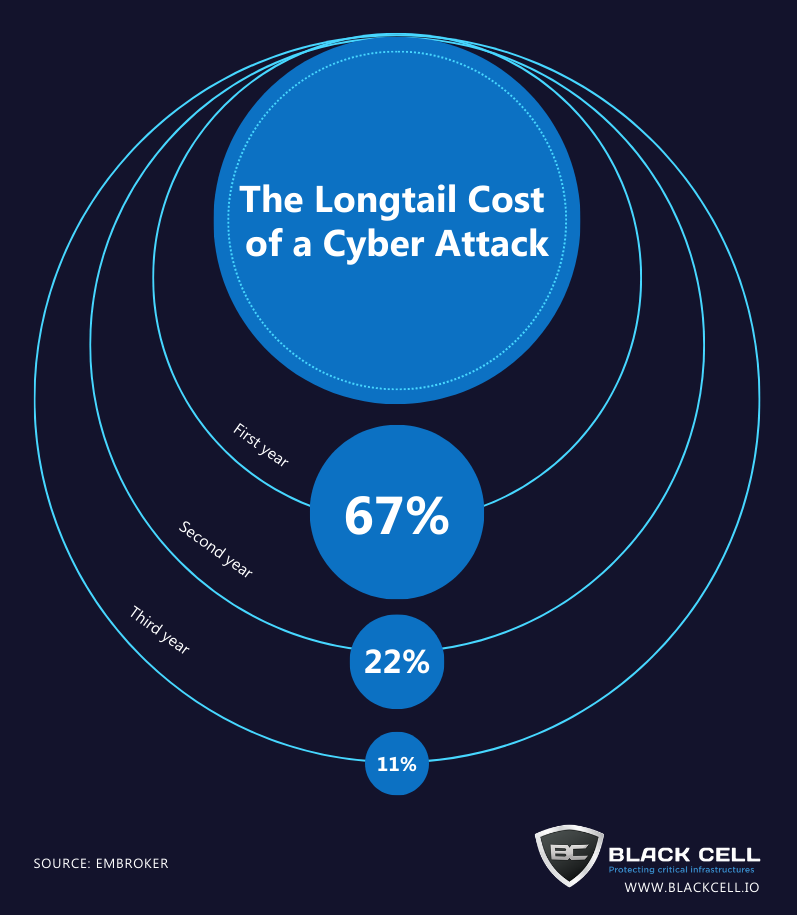Cyberattacks are not just immediate threats that disrupt operations and compromise data. They often leave behind a long tail of consequences that can impact organizations in unexpected ways. In this post, we explore the hidden costs that arise from cyberattacks and why it’s crucial to consider the long-term implications.
Uncovering the Hidden Costs
Beyond the immediate financial losses and reputational damage, cyberattacks can have a ripple effect that extends far into the future.
These hidden costs may include:
- Legal and Regulatory Consequences: Breaches can lead to legal battles, fines, and regulatory compliance issues. Organizations may face lawsuits, investigations, and long-term legal fees, straining resources and hindering growth.
- Customer Trust and Loyalty: A cyberattack erodes customer trust, resulting in potential customer churn, difficulty in acquiring new customers, and a tarnished brand reputation. Rebuilding trust can take years, impacting revenue and market share.
- Operational Disruption: Recovery from an attack can be a lengthy process, involving system restoration, data recovery, and reconfiguring security measures. The downtime and disruption to daily operations can lead to productivity losses and missed business opportunities.
- Cybersecurity Enhancements: After an attack, organizations often need to invest in upgrading their cybersecurity infrastructure, implementing advanced measures, and hiring skilled professionals to prevent future incidents. These ongoing costs can strain budgets and resources.
- Damage to Partnerships and Supply Chain: Cyberattacks can compromise sensitive data of business partners, leading to strained relationships and potential disruption in the supply chain. Collaborations may suffer, impacting overall business performance.
The Importance of Long-Term Thinking
Understanding the long tail cost of cyberattacks highlights the need for organizations to adopt a proactive and comprehensive cybersecurity approach. It’s no longer enough to focus solely on immediate recovery. Consider the long-term implications and invest in robust preventive measures, employee training, incident response plans, and cyber insurance to mitigate the hidden costs.
Strengthening Resilience
By acknowledging the long tail cost of cyberattacks, organizations can prioritize cybersecurity as an ongoing effort. Stay updated on the latest threats, conduct regular risk assessments, and implement a layered defense strategy. Protecting sensitive data, securing networks, and fostering a culture of cyber awareness are essential for long-term resilience.
Safeguarding Our Digital Future
Let’s not underestimate the long-lasting impact of cyberattacks. Together, we can build a more secure digital future by addressing the hidden costs, learning from past incidents, and fortifying our defenses.

Related Posts
Top 4 Cyber Threats Security Leaders Feel Least Prepared For
Even the most experienced security leaders admit they’re not fully ready for every threat lurking...
Global Growth of Cybercrime
In today’s hyper-connected world, cybercrime is no longer a distant threat - it’s a looming...




